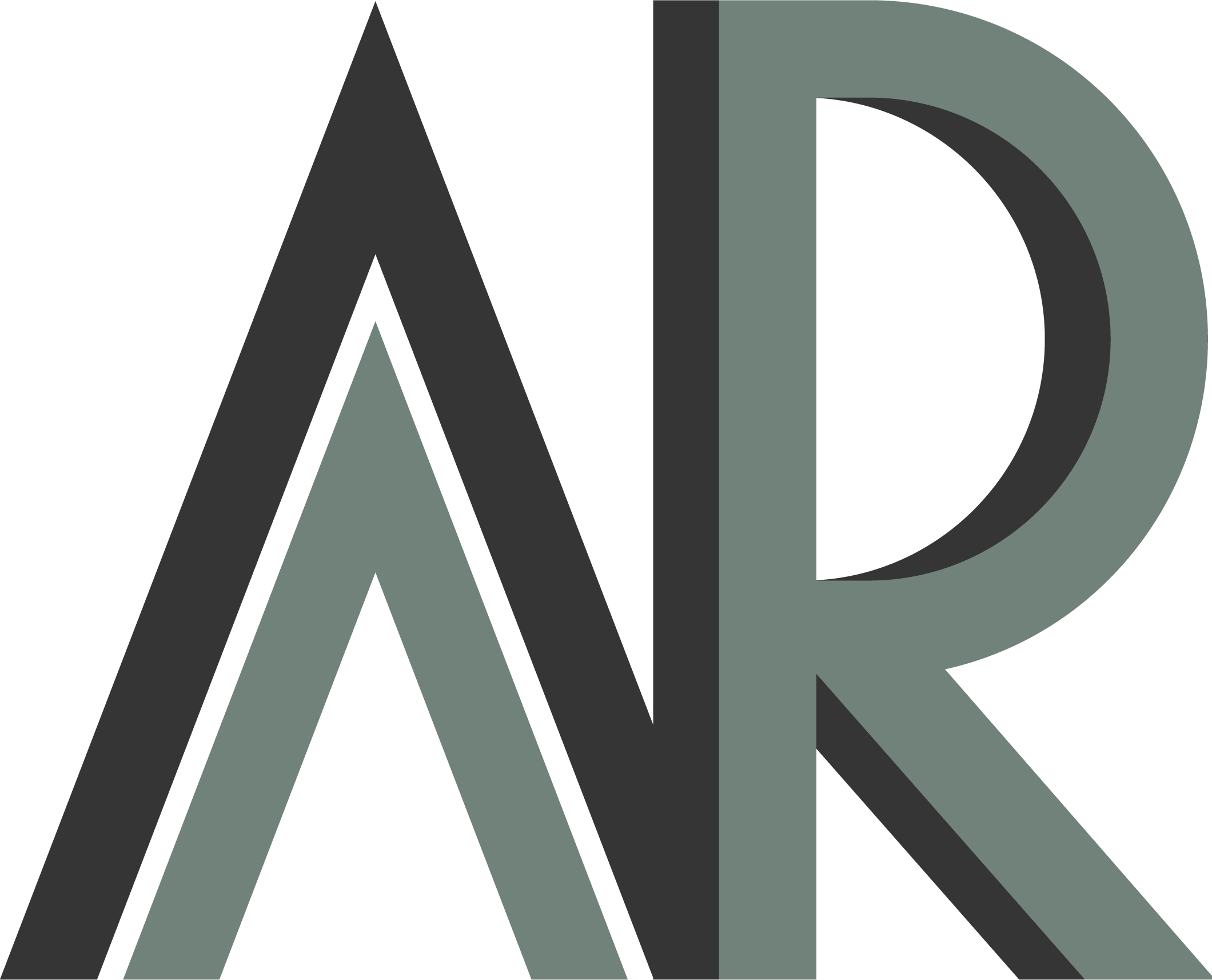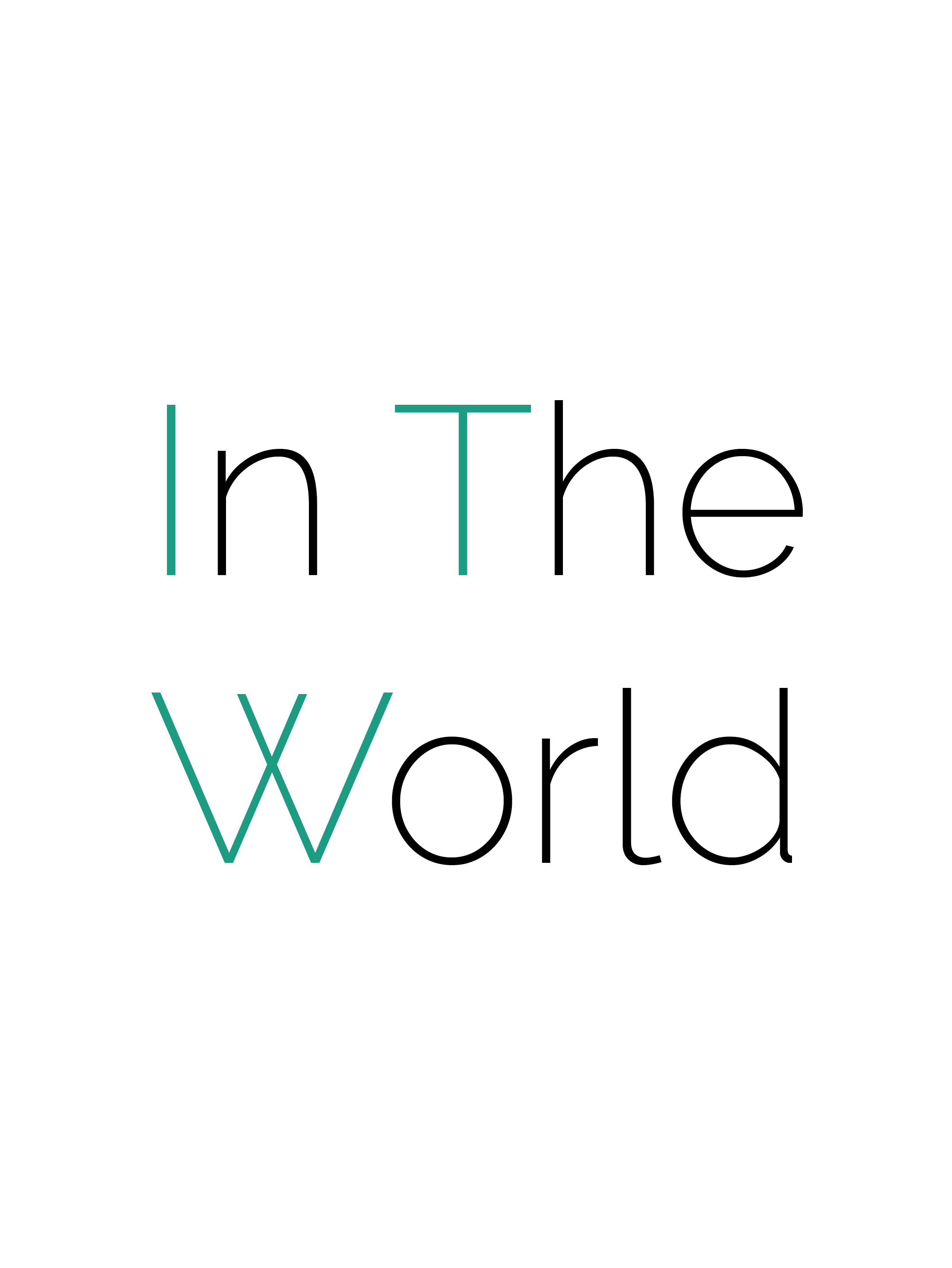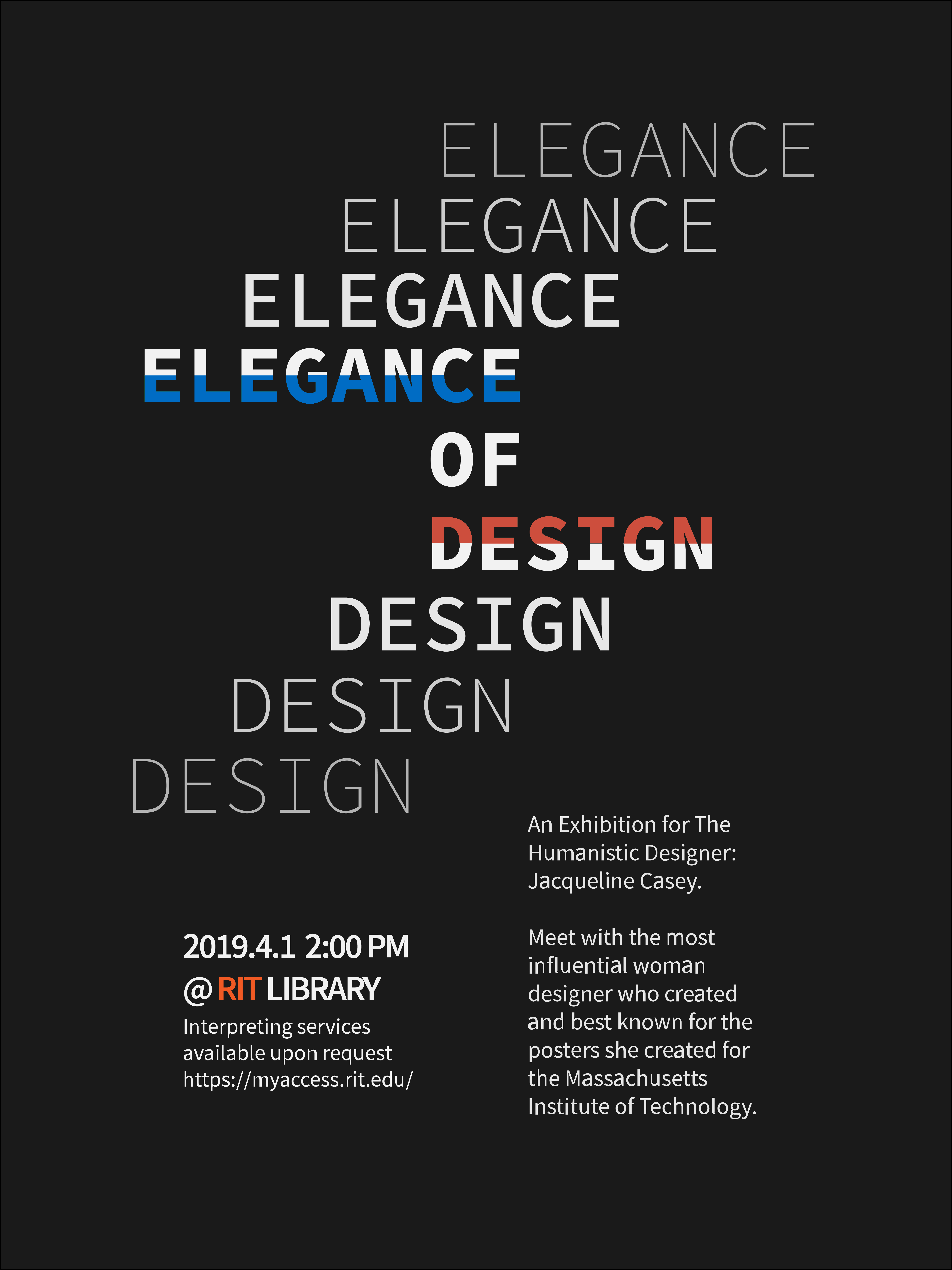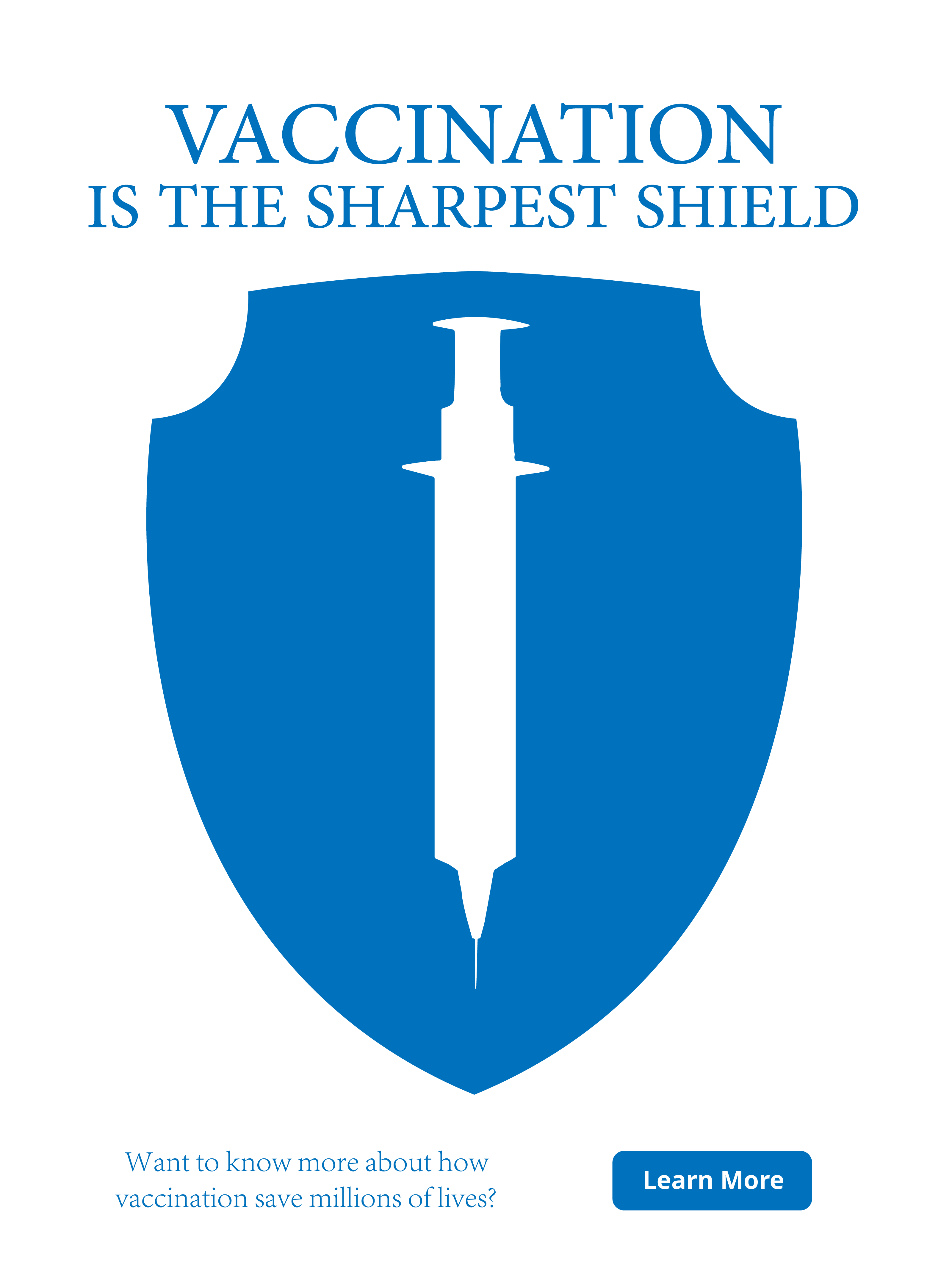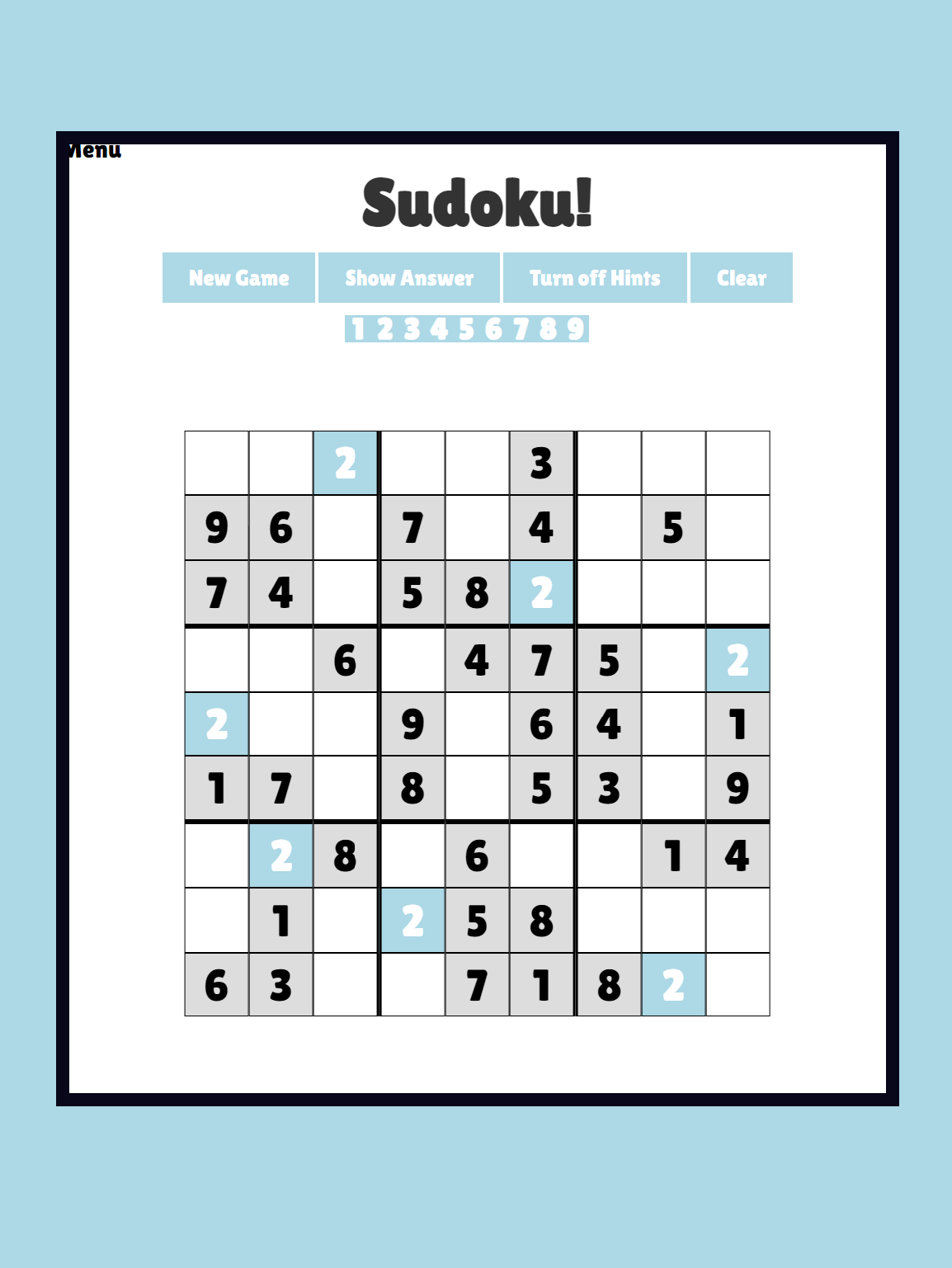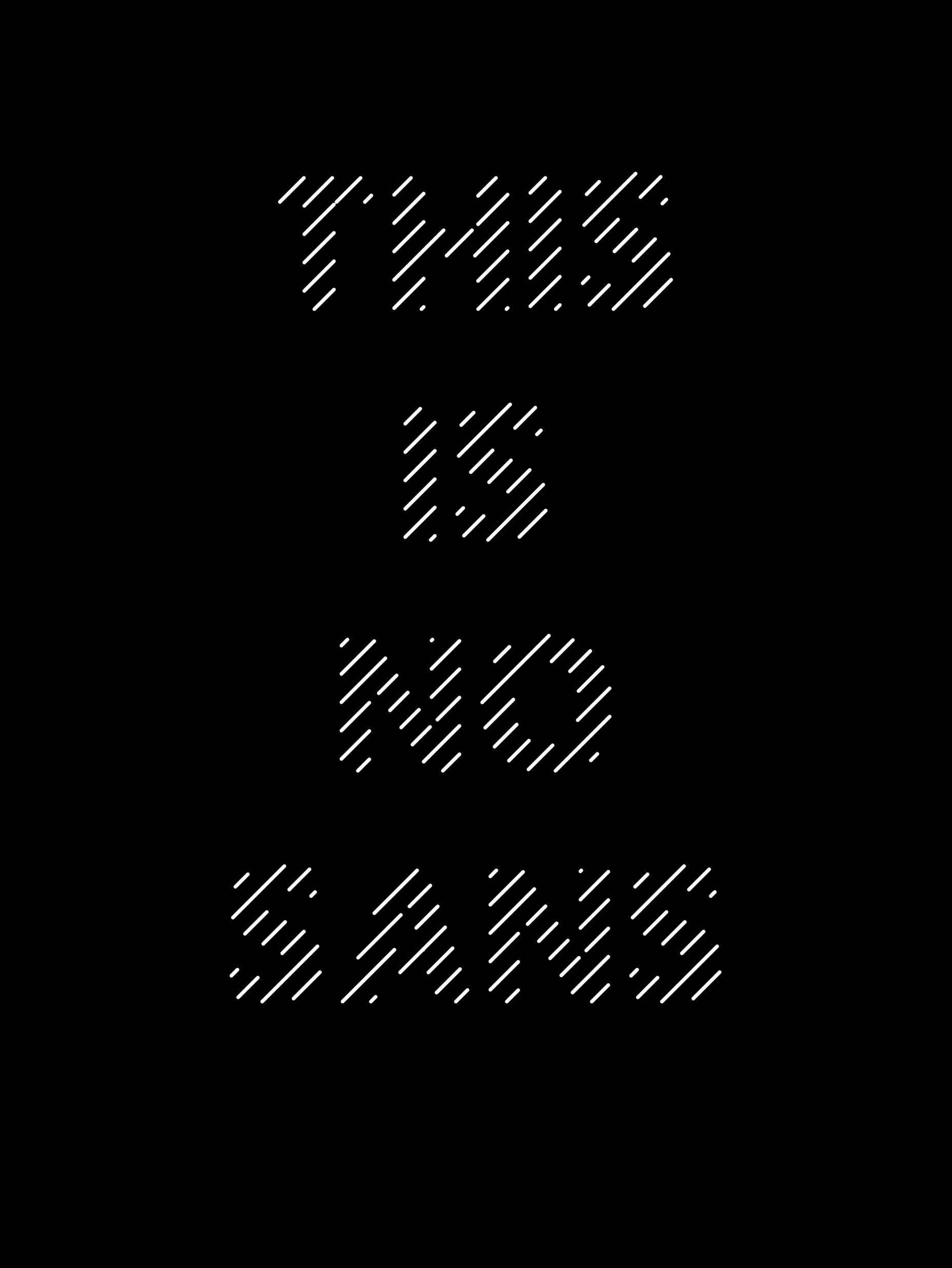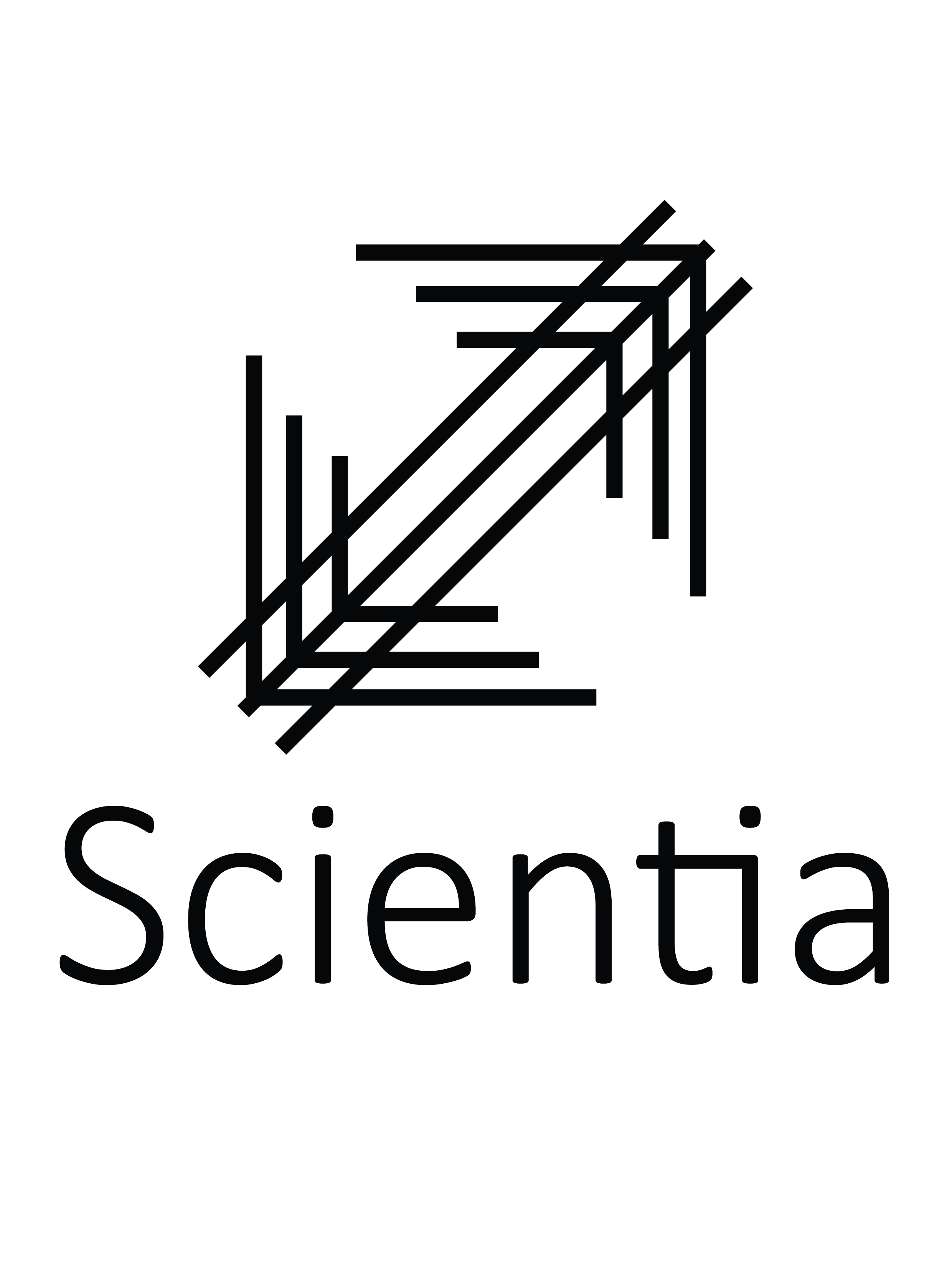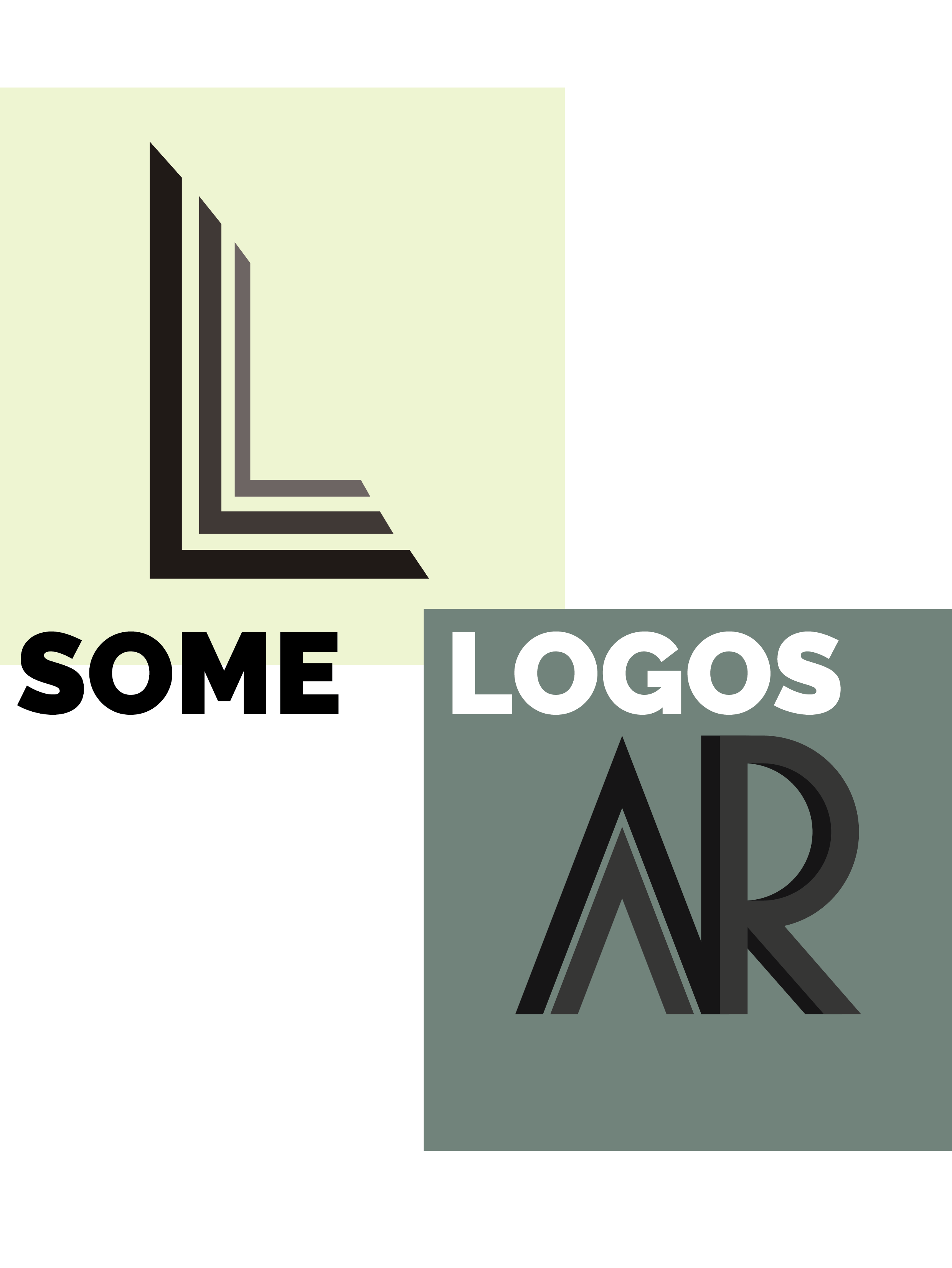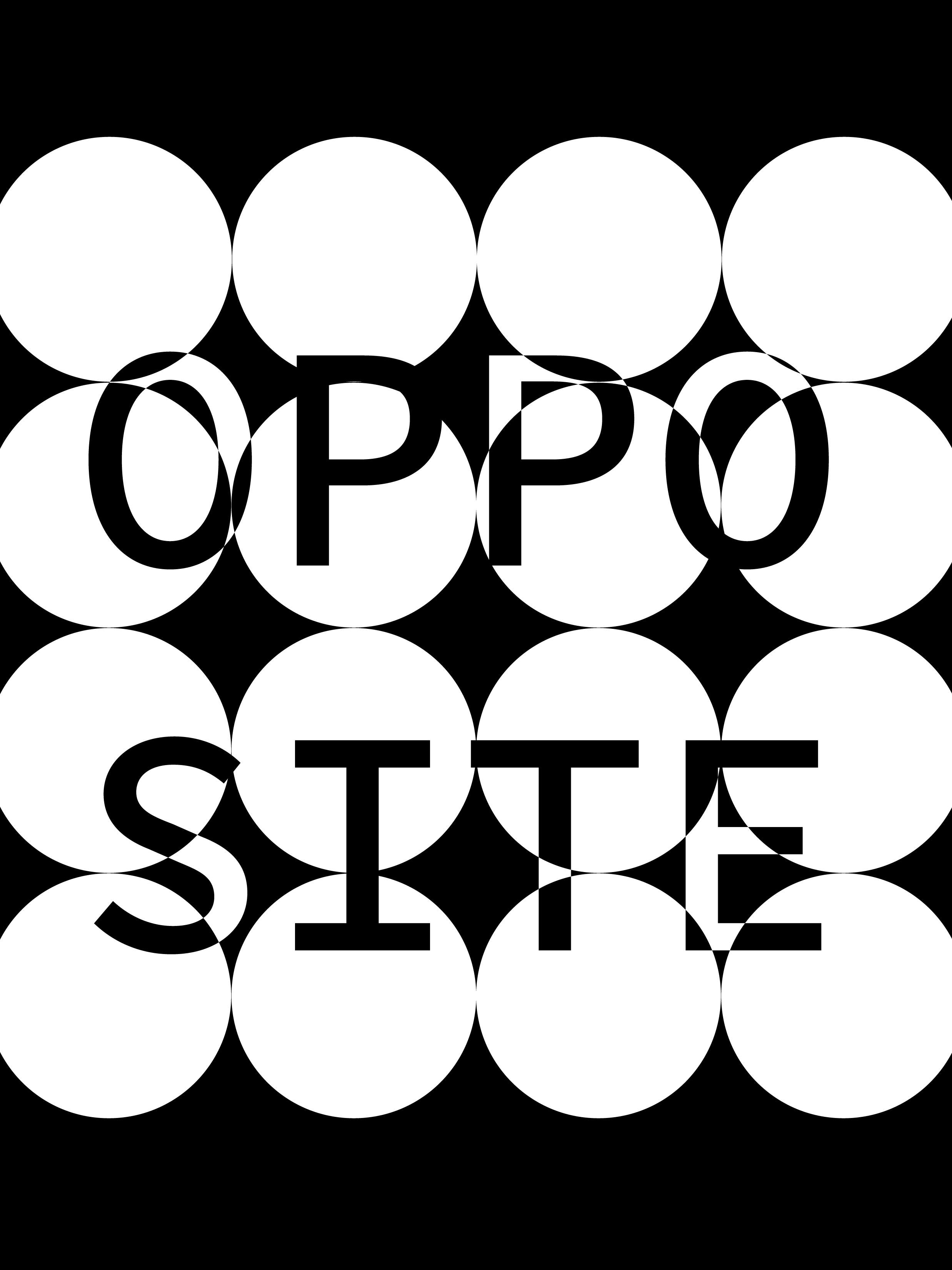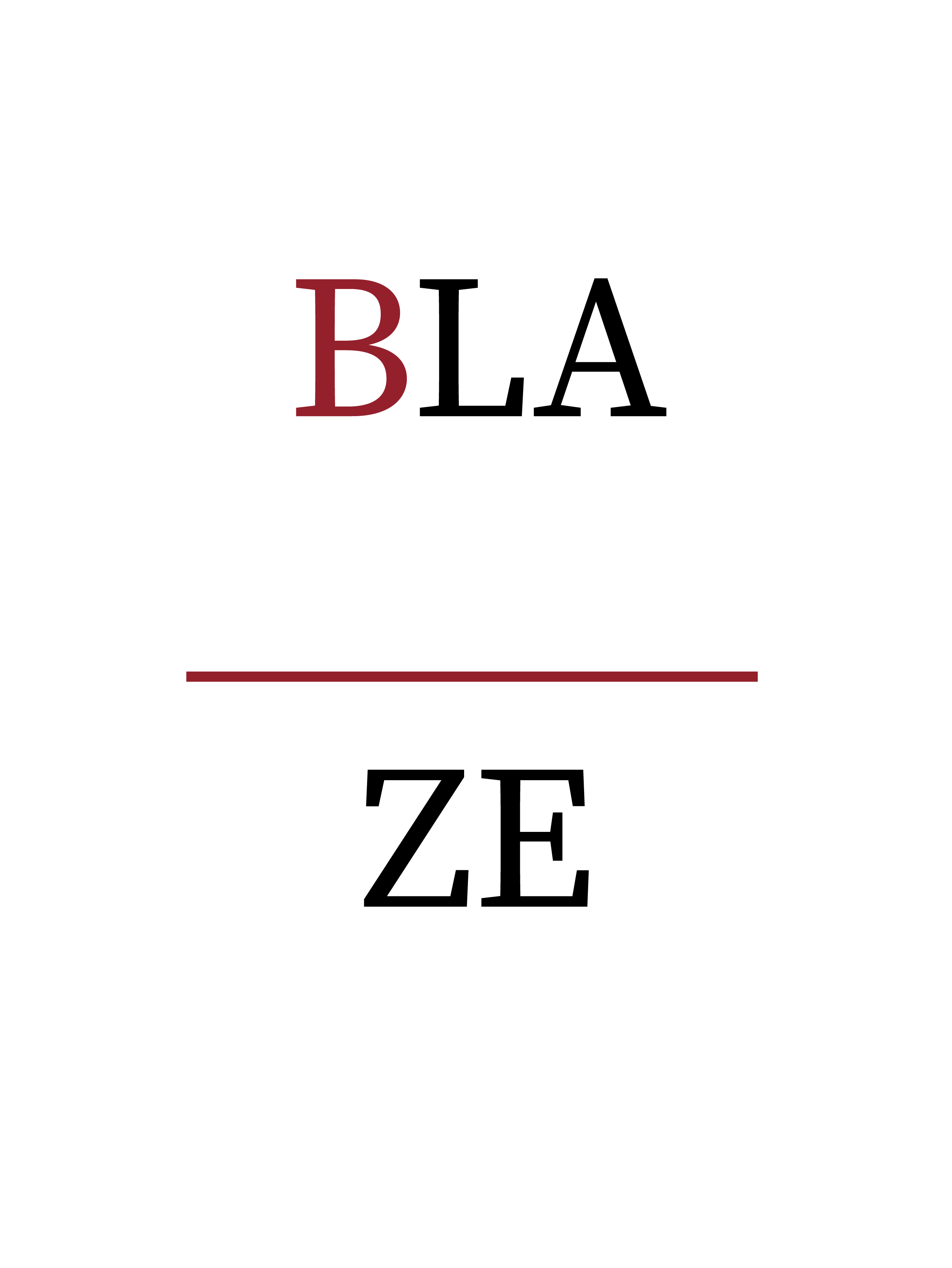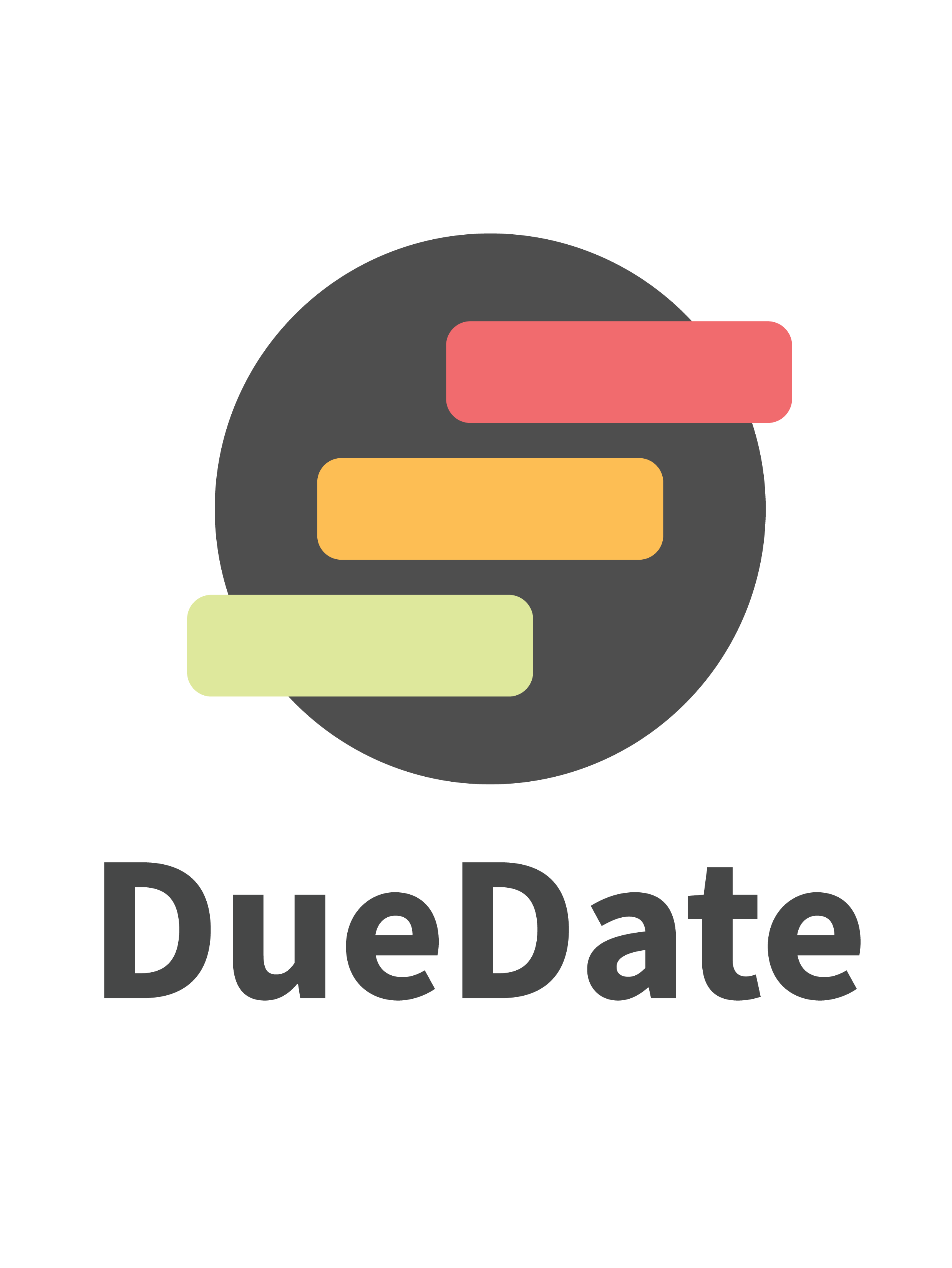
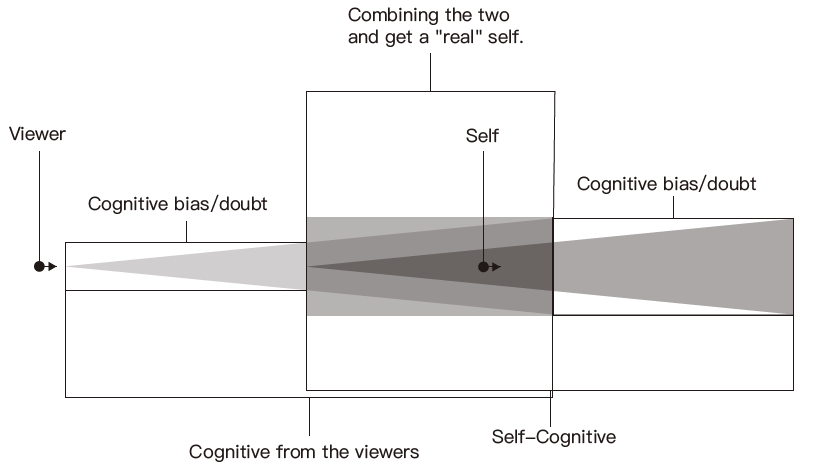
In this project, I raised a question about the truth of self-awareness. I chose two mirrors, made them reflect each other, and then photographed the reflected image, which was finally made into a mixed media of digital print, installation art and web experience. In the process of photography, I define the edge near mirror A as the inner view of myself. The edge near mirror B is defined as the outer view from others. Finally, those two mirrors reflect each other, and the inner is existed in the outer, as a relative self-cognition. This fusion shows my physical perception of the world and its perception of me, as well as a reflection of each other that looks more realistic but non-physical, about "me in reality." Furthermore, those mirrors are movable, which means, the "reality" obtained from the reflection will change with "O" and "I" because of the reaction from perception of myself, at the same time, having an impact on the outside perception towards me and then the "reality" changes.
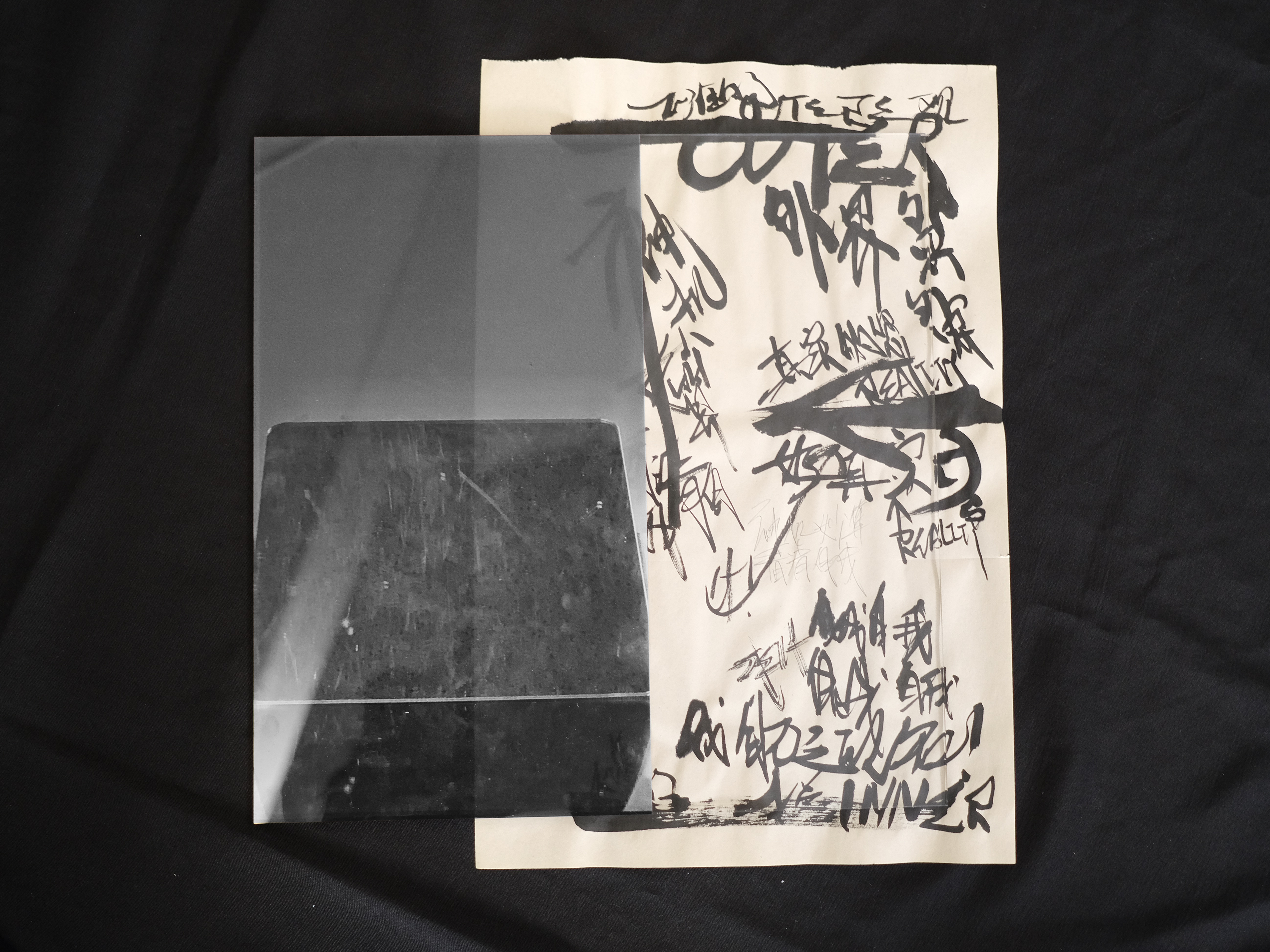
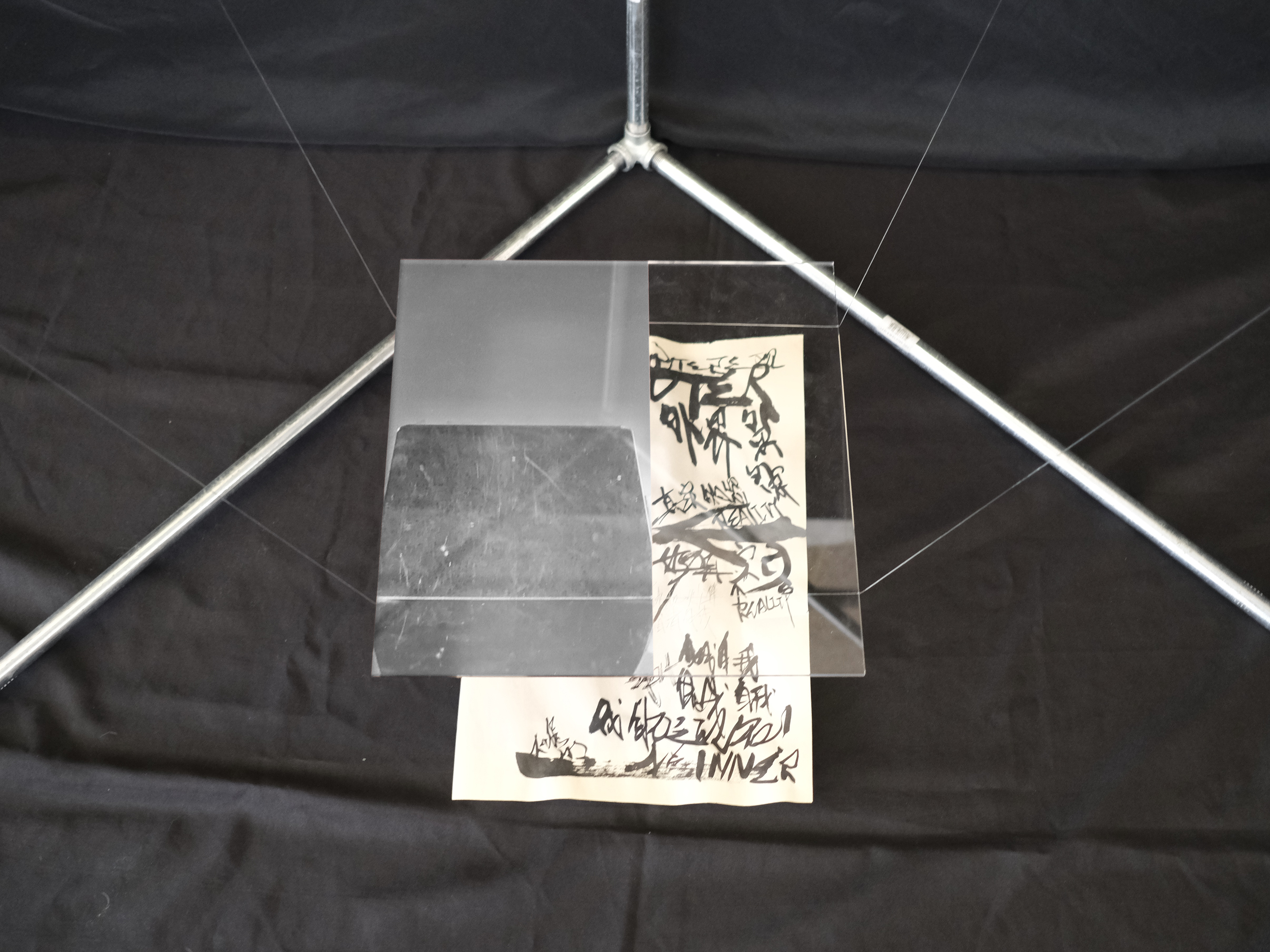
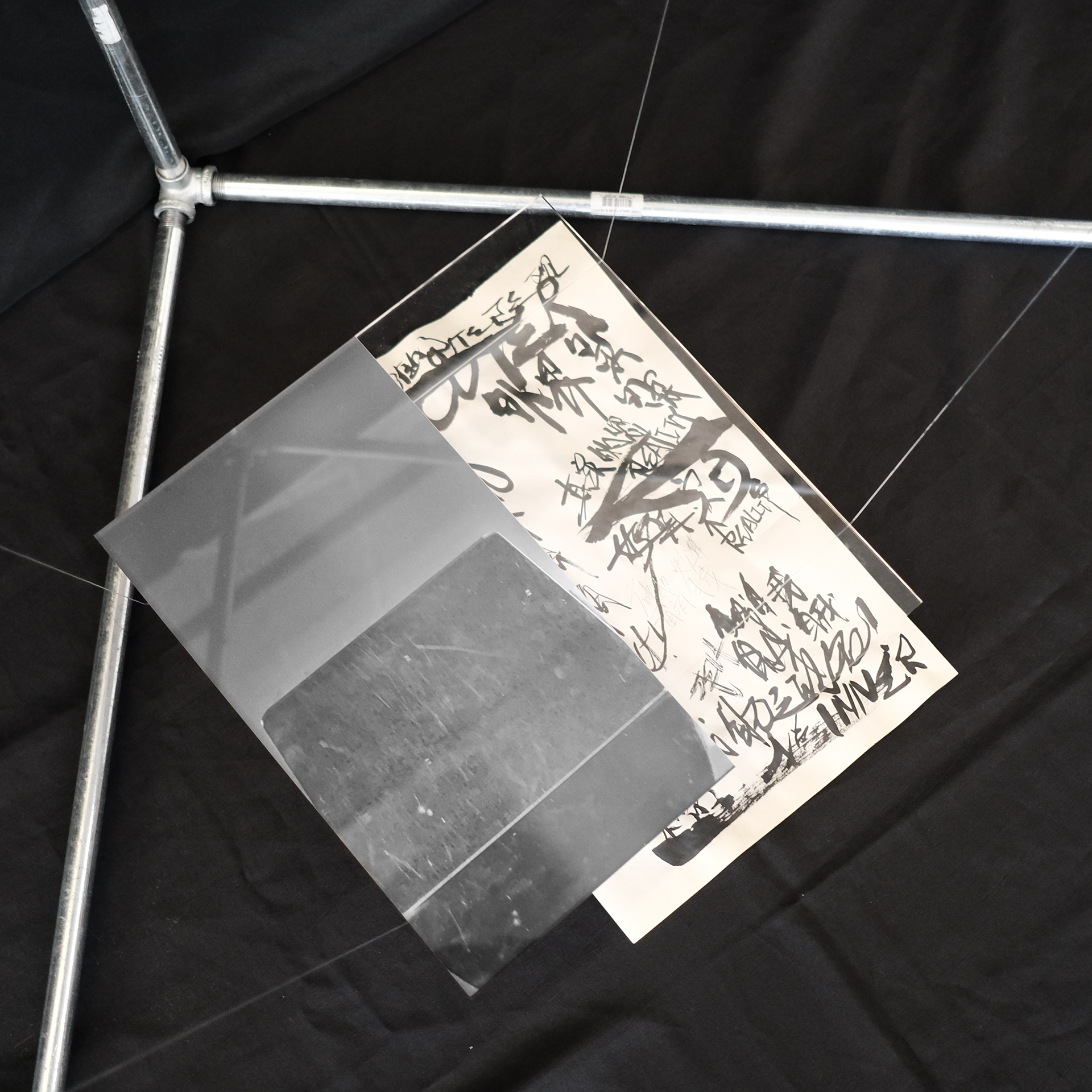
After making the installation art, I found more possibilities for it. The symbolic meaning of the mirror in this work is incomprehensible to a certain extent. As a static photographic work, there is no way to show the uncertainty and possibilities of generating different images from different angles. The line that represents "reality" in this work will change position as the angle of the two mirrors changes. This is the key to making this work closer to reality. In essence, the perception or evaluation of oneself by the outside world, which would affect awareness and cognition of ourselves, and all of them are pretty easy to change. Here is a straightforward example: when I achieve something remarkable, the external comment on me will increase accordingly, which may be positive, neutral, or negative, all of which will boost my self-confidence. And if I need to get a more realistic cognition so that I don't indulge myself in blind confidence, I may need to combine the external perception of me, and the combined cognition I receive is the "reality" in this work. To make this concept more accessible for my audience, I developed the presentation of this work into a web experience that viewers can operate on their own. Viewers can experience this subtle behavior that we experience every day but rarely realize.
For providing an immersive experience to "virtualize" my idea, I used p5.js, HTML, and CSS to finish my website. Similar to making something artistic, programming also needs drafting before finalizing. First of all, there are two "real objects," the outer and the inner, which are controllable by the users. Each of them is an individual object, or we can say they have their own properties, in terms of programming. Furthermore, for "reality," by combining the two mirrors, we can get the actual reality of a thing. So, it will hold the values relative to the properties of both mirrors. The change of both mirrors will affect the shape of "reality." By virtualizing all the physical works, my idea of ORI became more developed and able to provide an immersive experience for audiences.
